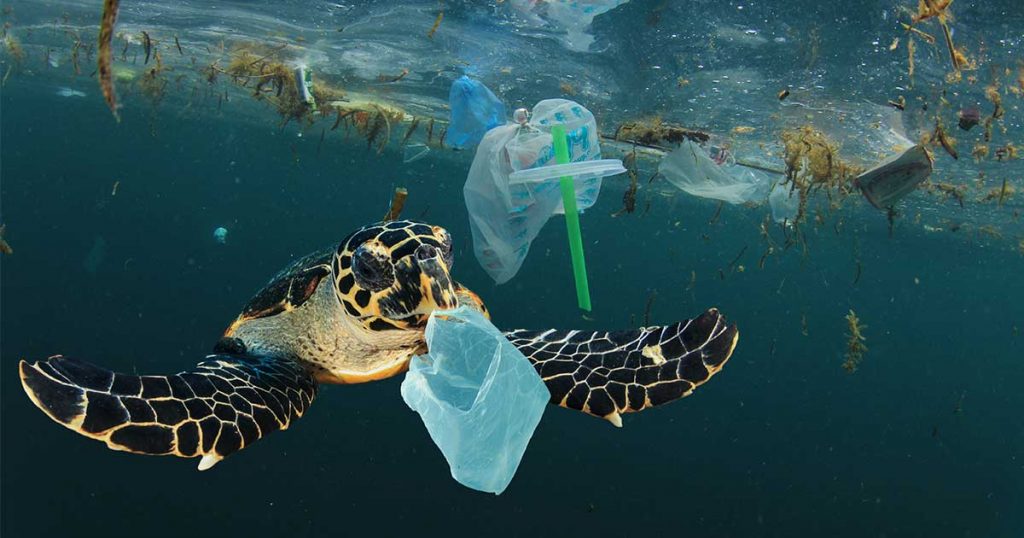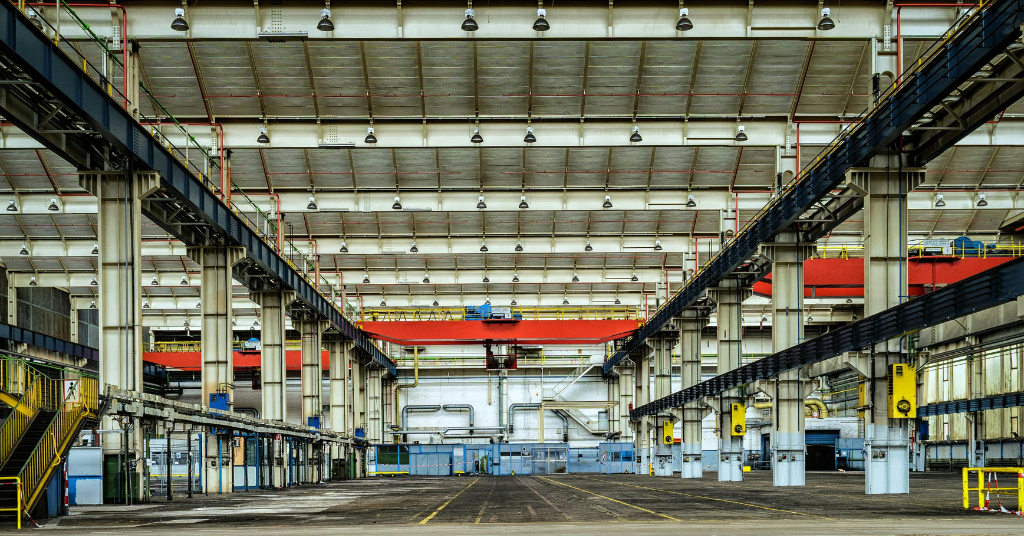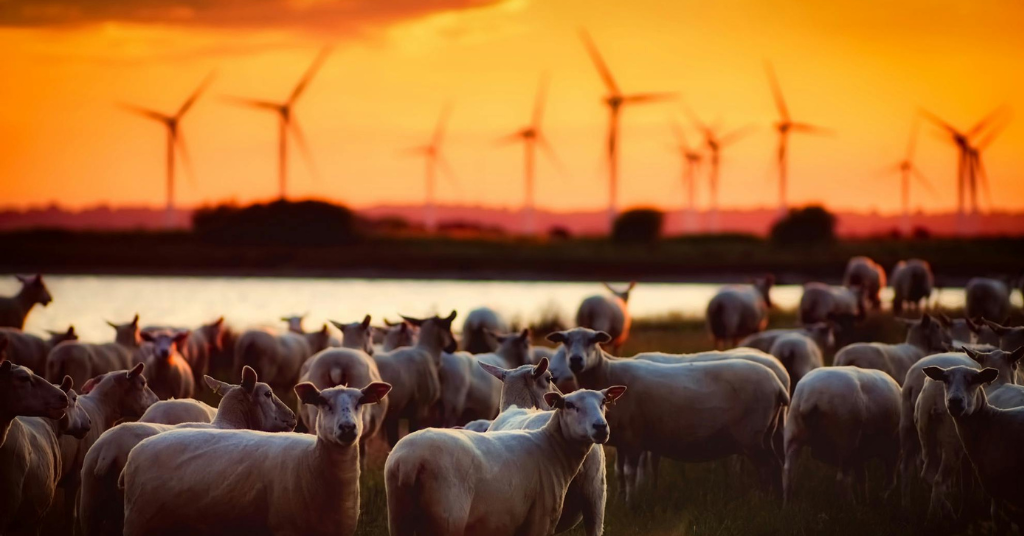When discussing pollution, we may mention the importance of keeping our land and waters clean and reducing plastic waste and carbon-dioxide emissions. Still, we don’t necessarily think of the damage we can’t see as we cause it far below sight: the bottom of our oceans and seas.
Seaspiracy was the first movie to raise awareness of the issue, presenting how the fishing industry damages the sensitive ecosystems of marine life. Still, looking back to the past year, we found that no matter how the brave whistle-blowers did their job to warn us, everything has stayed the same, at least not very visibly.
Why are oceans important for humans?
You’ve probably heard that there’s more carbon dioxide in waters than in the air, but you may not be aware of the sheer scale of how much more: there’s about
- 610 GtC of CO2 in the biosphere
- 750 GtC is in the atmosphere,
- 1600 GtC in the soil
- 40,000 GtC is in the oceans
Unfortunately, the figure above keeps growing as oceans absorb carbon produced by humans since the start of our industrial revolution.
But these waters aren’t meant to be carbon dumps but ecosystems where – like on the surface- life is fragile and full of dependencies. If a species ceases, many more will follow – sooner than we’d think. And we are on a destructive path: industrial fishing nets reach the bottom and destroy it. Not seeing what we do, those boats don’t only catch fish; they catch whatever is there, both animals and plants.
And the plants beneath are the key to absorbing carbon dioxide, providing oxygen for animals below and above sea level.
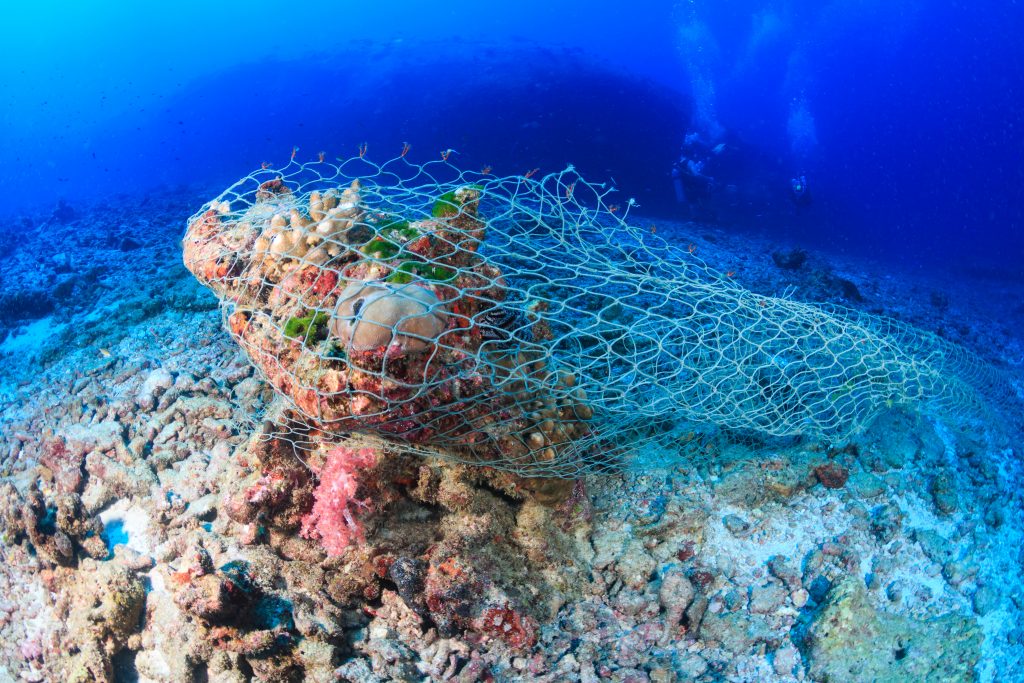
Is it “just” the carbon that kills animals?
Not quite. Plastic is also there. We’ve all seen horrifying images of birds drowning in plastic bags, fish getting stuck in plastic rings, turtles suffering from plastic straws in their nose, and dead whales with tons of plastic in their stomachs.
Shocking. However, these objects are not the majority of plastic waste; ghost nets are abandoned nylon fishing nets that keep catching sea creatures and torturing them before eventually killing them.
Although Seaspiracy stated that 46% of the Great Pacific Garbage Patch is made of fishing gear, a study from last year showed that it’s a whopping 75-86%(!), mainly coming from Japan, China, South Korea, the USA, and Taiwan.
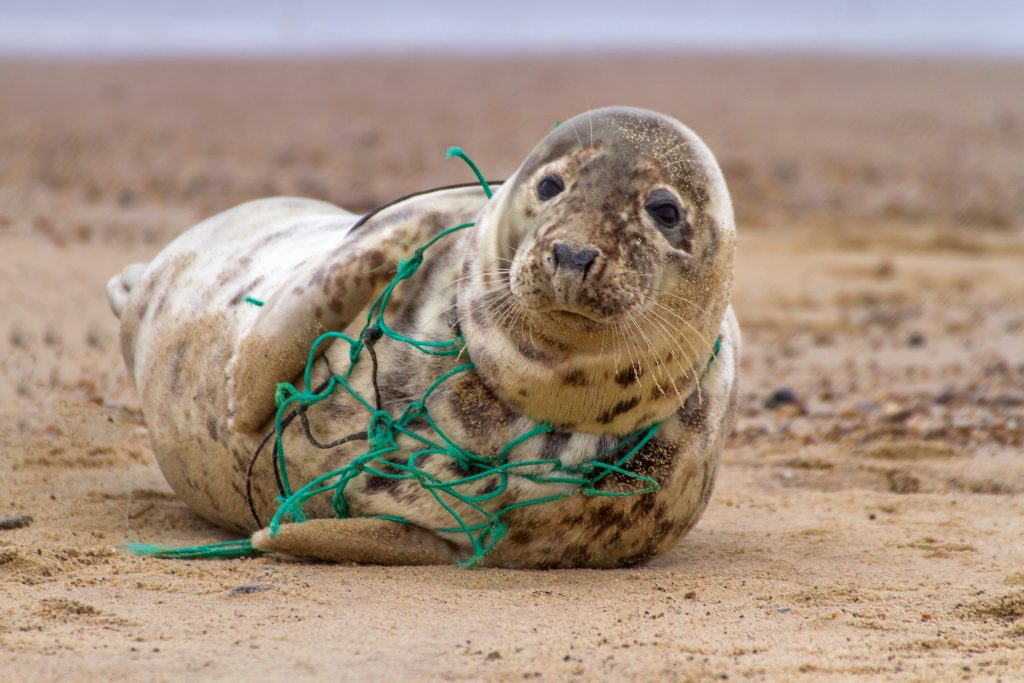
What does a dying ocean mean for us?
There’s an optimistic scenario: if, as the human race agreed in the 2015 Paris accord, we can keep temperature increase below 2 degrees compared to 1990, roughly 10% of species will disappear (in other words, slightly more than 200,000 of them). The bad news is our wiggling room is only 1 degree, so we got to be fast to reduce emissions. Extremely fast.

